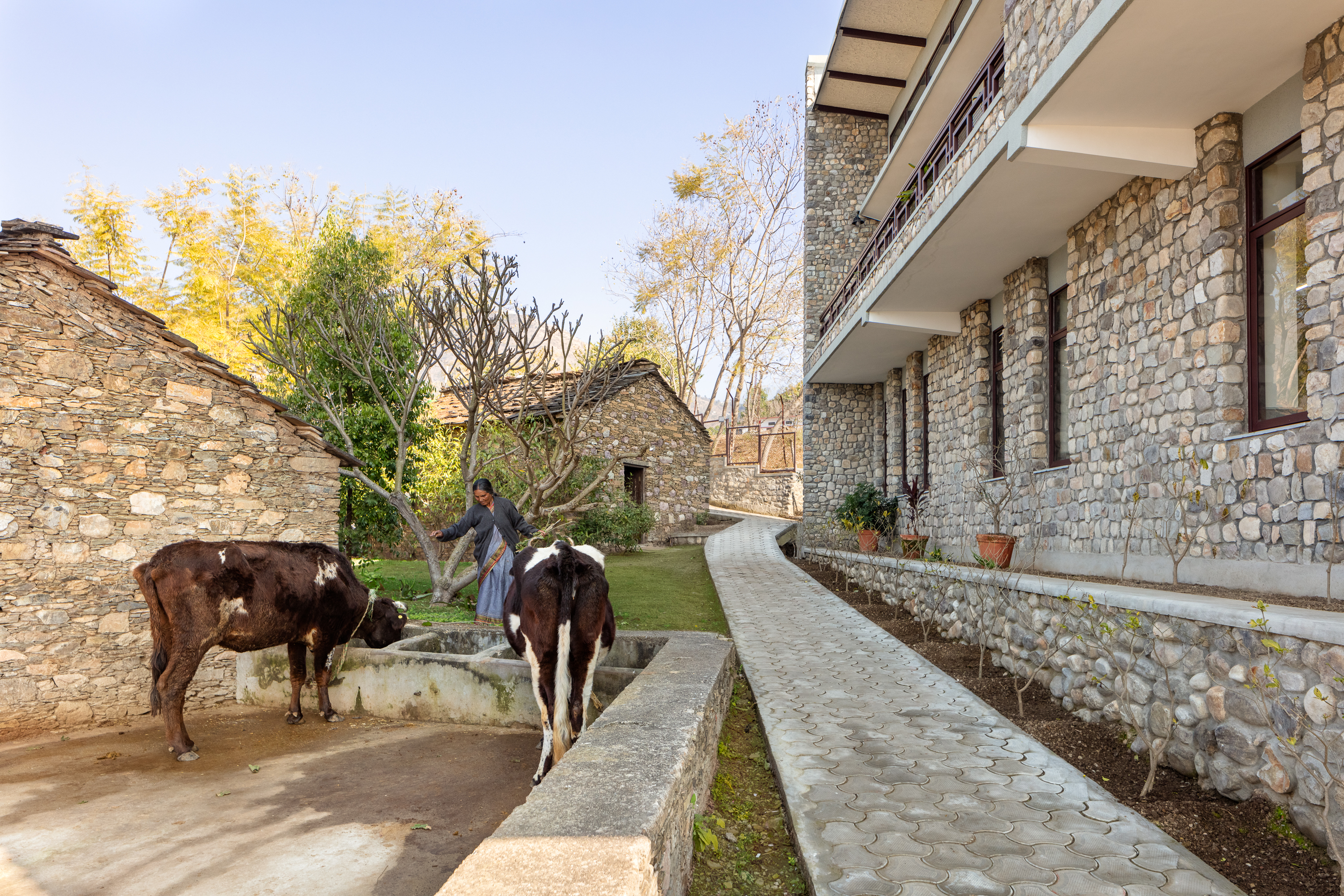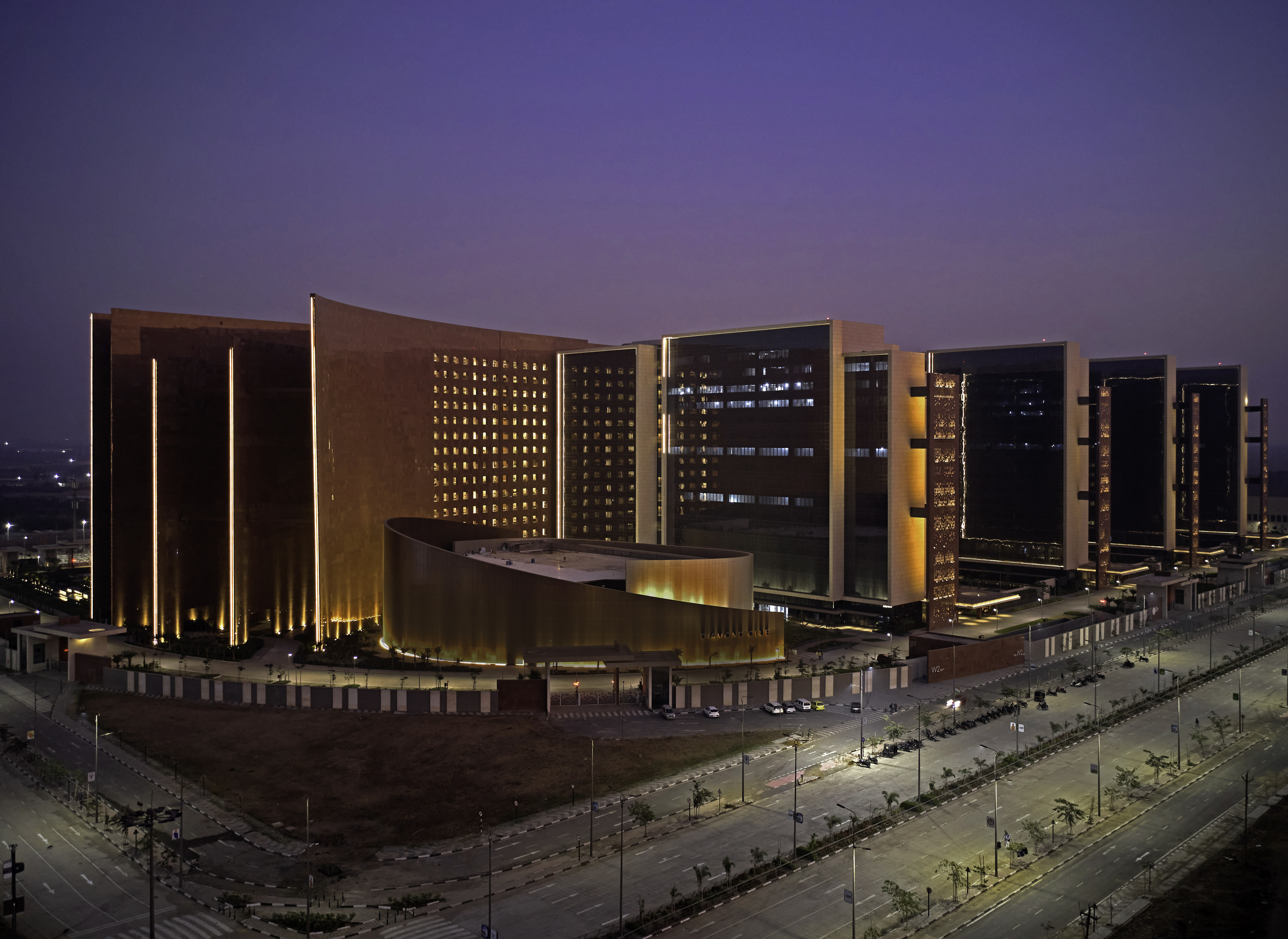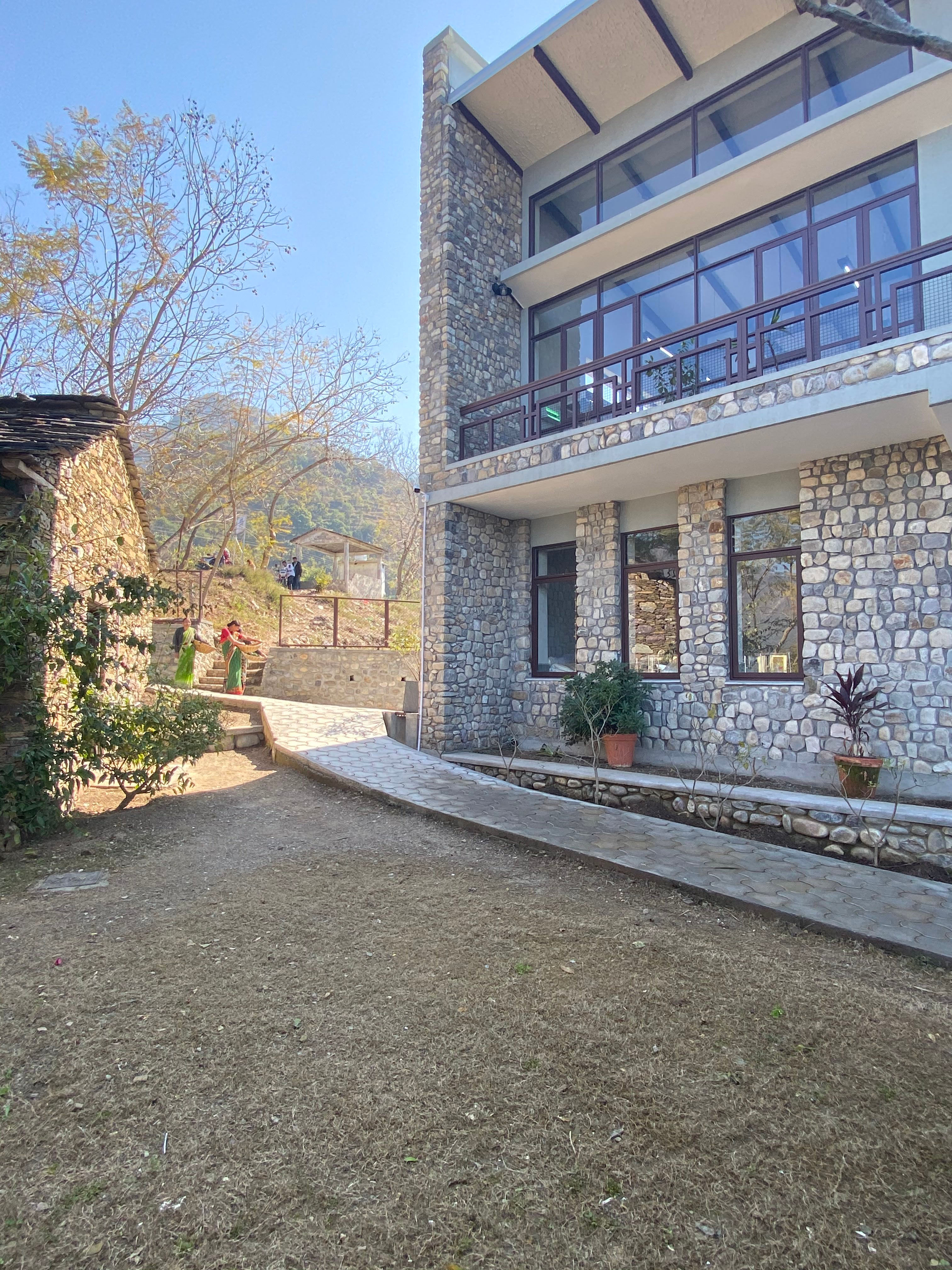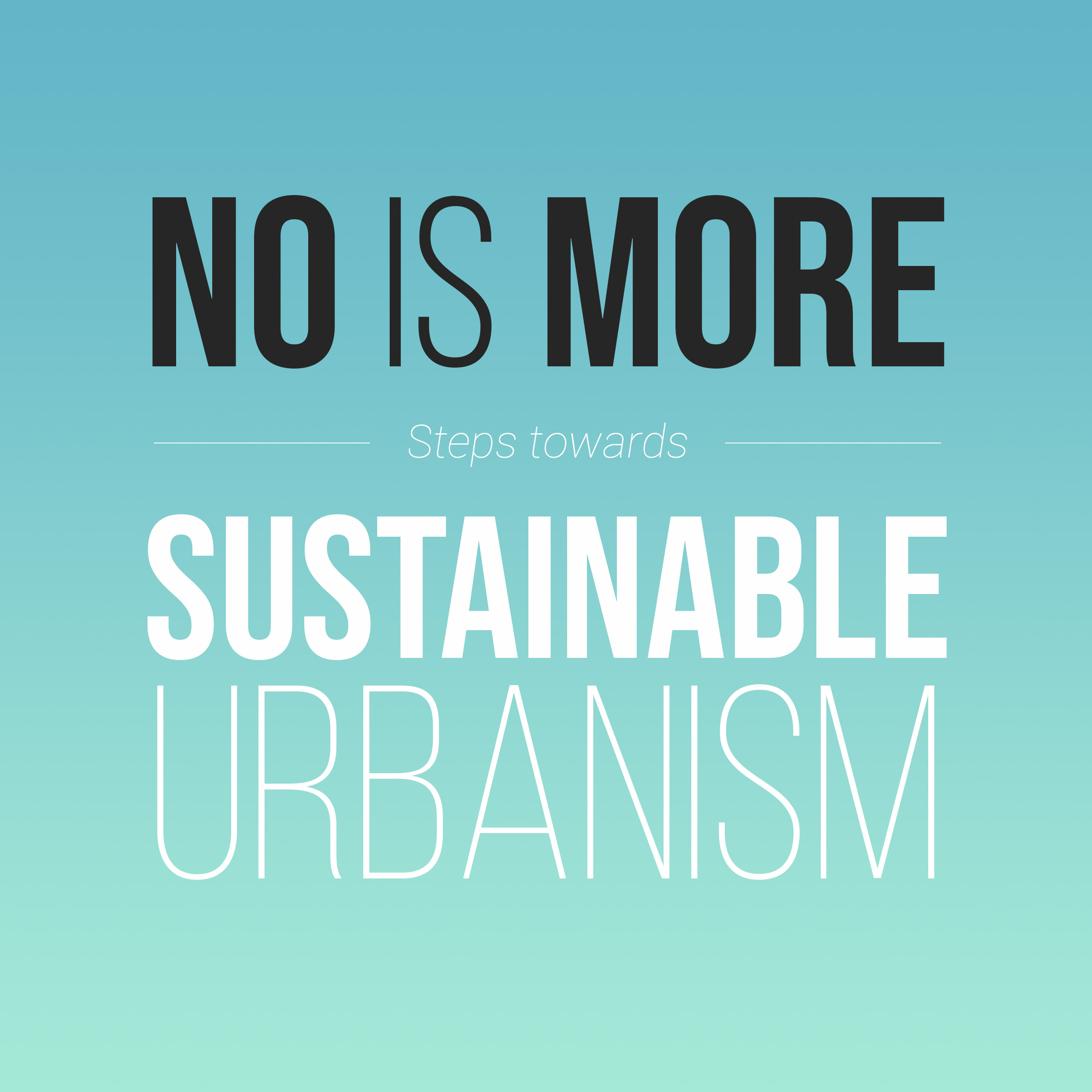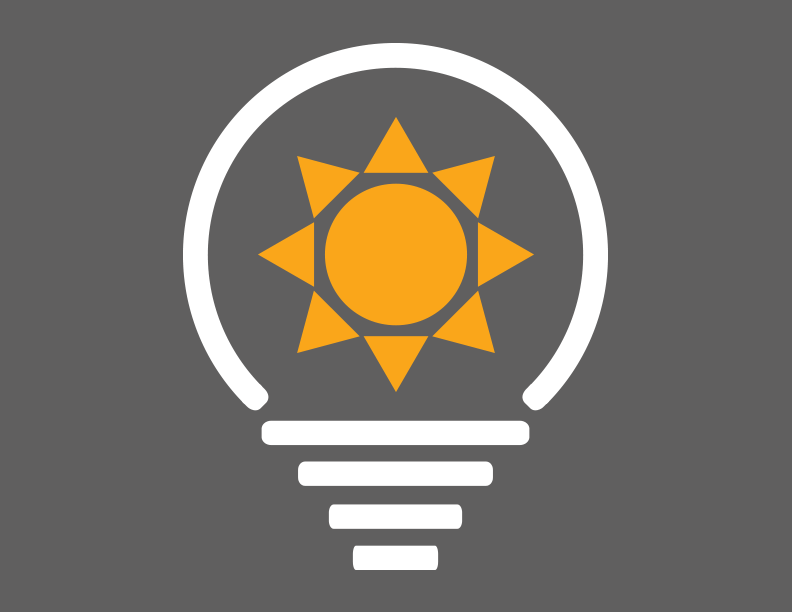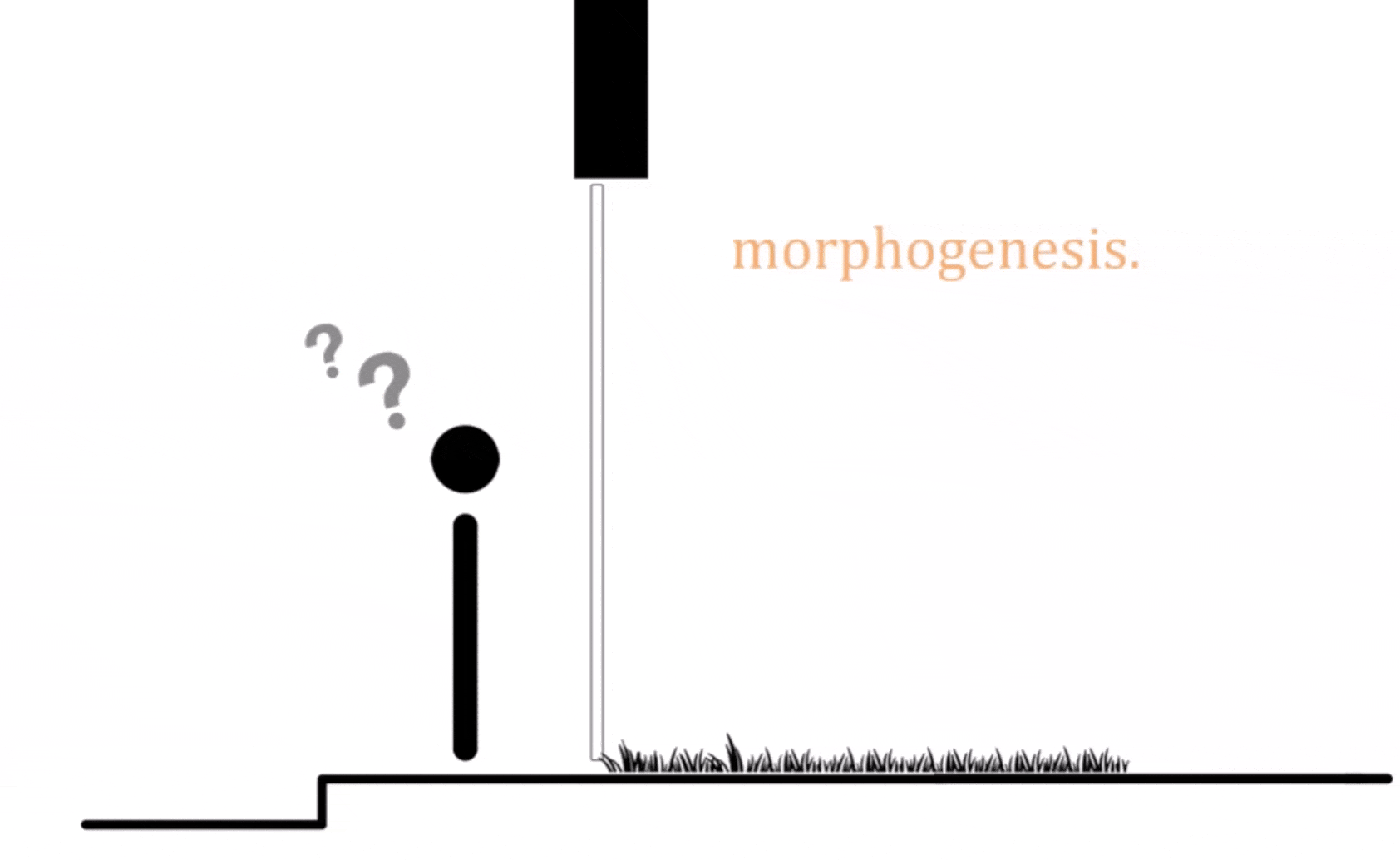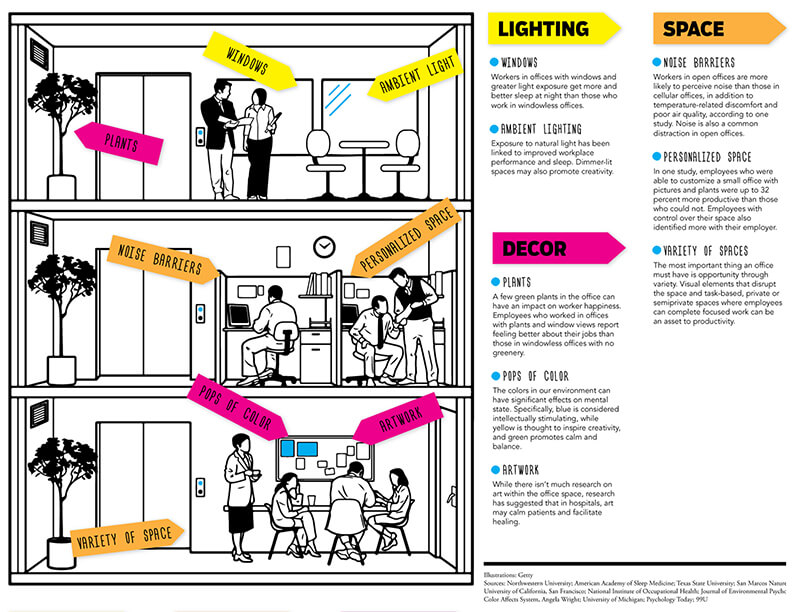When employees aren’t motivated at work, it shows. Lower performance, more sick days, and higher turnover rates are just a few of the costly ways that unhappy employees express their dissatisfaction. In the United States, these costs to the nation’s economy are estimated to run around $500 billion dollars annually. Across Europe, the costs are an estimated €242 billion. While there are few credible estimates on the cost of lost productivity to India’s economy, the subject is no less significant. “…Even if something can’t be measured, it doesn’t mean that it’s not important,” Rupa Subramanya states in her post on WSJ about measuring workplace productivity in India. “And that’s doubly true for something like productivity whose measurement is elusive at best.” So what can managers do to address dissatisfied workers? While the reasons for unhappiness at the workplace are varied and wide-ranging, there’s one common reason that just about every unhappy employee can blame: the workplace itself.
Over the decades, different kinds of office plans have trended in popularity. While some of us shudder to remember cubicle farms and universal offices, they were once – and still are, in many work cultures – valid designs to meet the needs of employees. However, younger generations of employees increasingly desire work spaces that value their freedom, creativity, and work-life balance. To meet the needs of diverse workforces, workplaces need to offer flexibility to adapt to the individual needs between employees. When an office allows employees to collaborate, free themselves of distraction, and think creatively, it is more likely to meet the psychological needs of everyone.
The new demands of a rising millennial workforce has led to cutting-edge designs and amenities in the offices of tech leaders like Google and Facebook, and the choices they’re making are inspiring office plans worldwide. Check out the infographic, created by USC Dornsife’s



